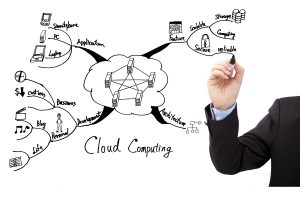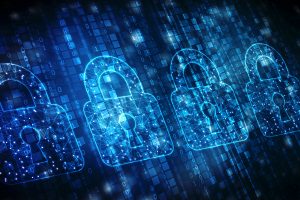 In one of its first acts, the 117th Congress passed the FedRAMP Authorization Act. This bill codifies the Federal Risk and Authorization Management Program (FedRAMP) and, in the process, speeds up the time it takes for cloud solutions to be implemented in the Federal government. Currently, cloud solutions must frequently gain separate authority to operate statuses for each agency where they are used. This bill looks to have the General Services Administration (GSA) automate processes to promote reciprocity for security validations from one agency to another.
In one of its first acts, the 117th Congress passed the FedRAMP Authorization Act. This bill codifies the Federal Risk and Authorization Management Program (FedRAMP) and, in the process, speeds up the time it takes for cloud solutions to be implemented in the Federal government. Currently, cloud solutions must frequently gain separate authority to operate statuses for each agency where they are used. This bill looks to have the General Services Administration (GSA) automate processes to promote reciprocity for security validations from one agency to another.
This bill was passed at a critical time for cloud adoption within government as agencies continue to accelerate their digital plans to meet the needs of a remote workforce. While the way has been cleared for "emergency" use of cloud to keep the business of government running, laws and policy like this Act ensure that there is long term support for the move to cloud services.



 The past year has seen us living with the reality of virtual. Video calls, online meetings, streamed events - the majority of our connections have happened through a screen. While this is our current reality it is not virtual reality in the truest sense. By
The past year has seen us living with the reality of virtual. Video calls, online meetings, streamed events - the majority of our connections have happened through a screen. While this is our current reality it is not virtual reality in the truest sense. By 

 Online learning is nothing new. Colleges and universities provide online programs that enable working adults to take classes. Professional development and classes for re-certifications are offered via online means. Homeschooled K-12 students utilize numerous online programs to obtain specialized instruction and build connections. What is new is the scope of online learning--the sheer number of people participating in online education is historic.
Online learning is nothing new. Colleges and universities provide online programs that enable working adults to take classes. Professional development and classes for re-certifications are offered via online means. Homeschooled K-12 students utilize numerous online programs to obtain specialized instruction and build connections. What is new is the scope of online learning--the sheer number of people participating in online education is historic.
